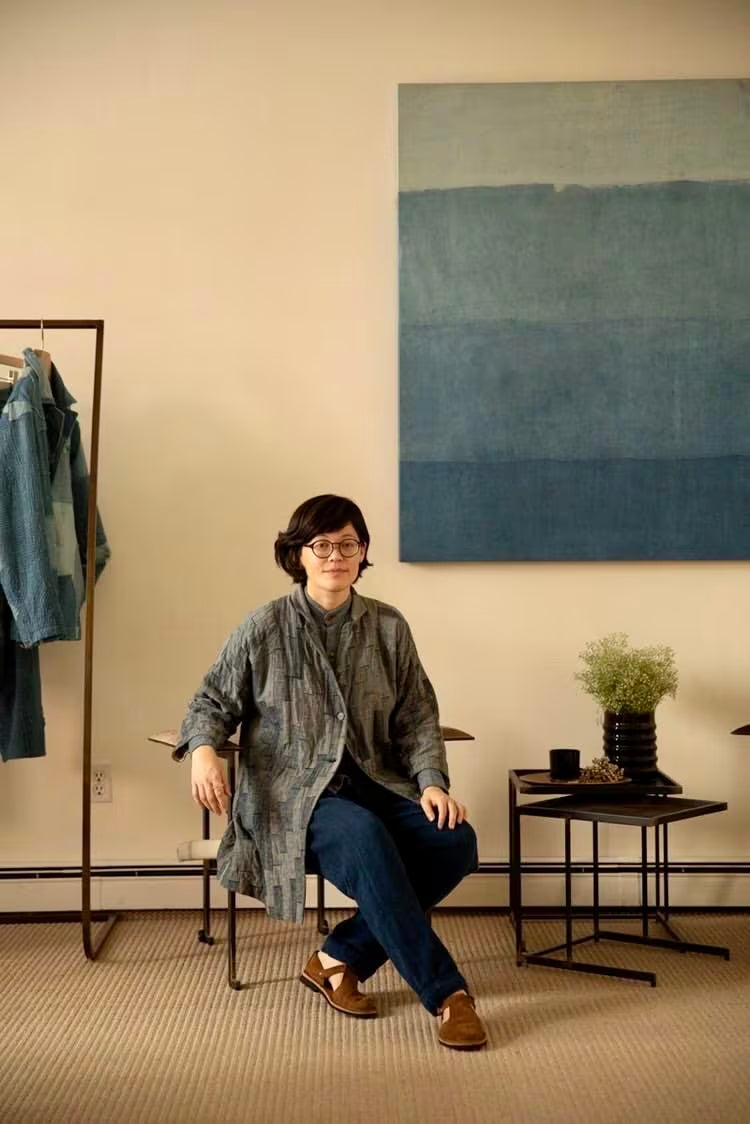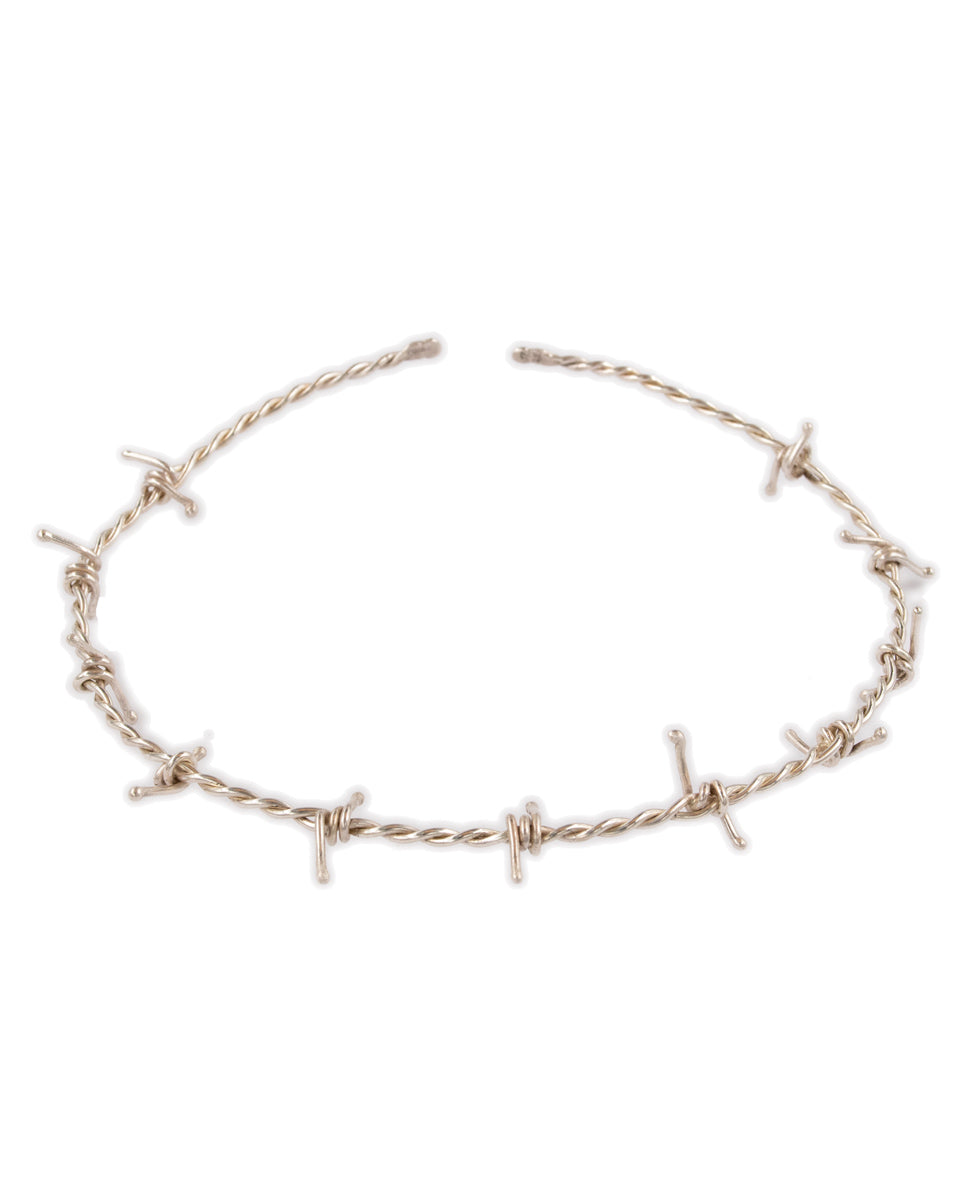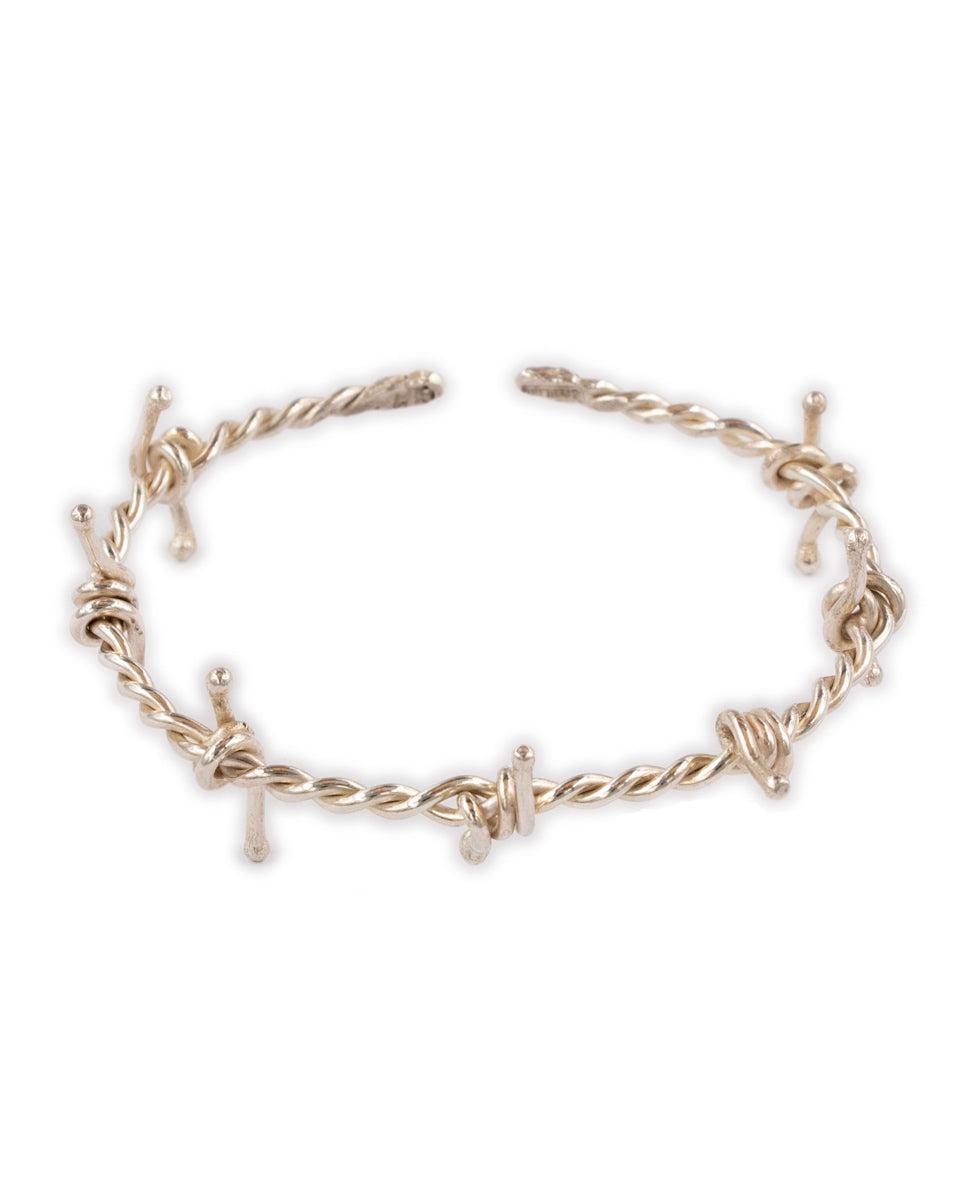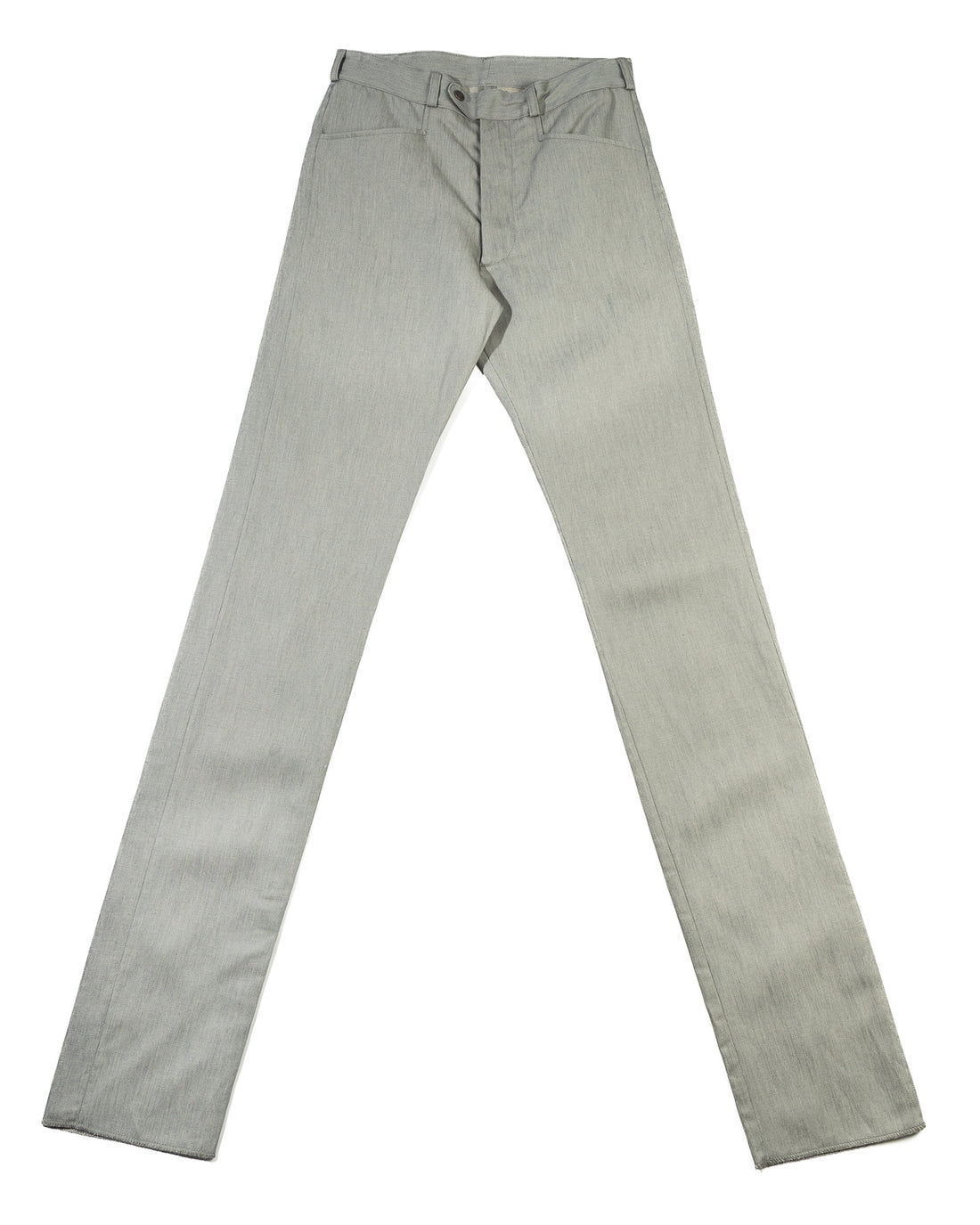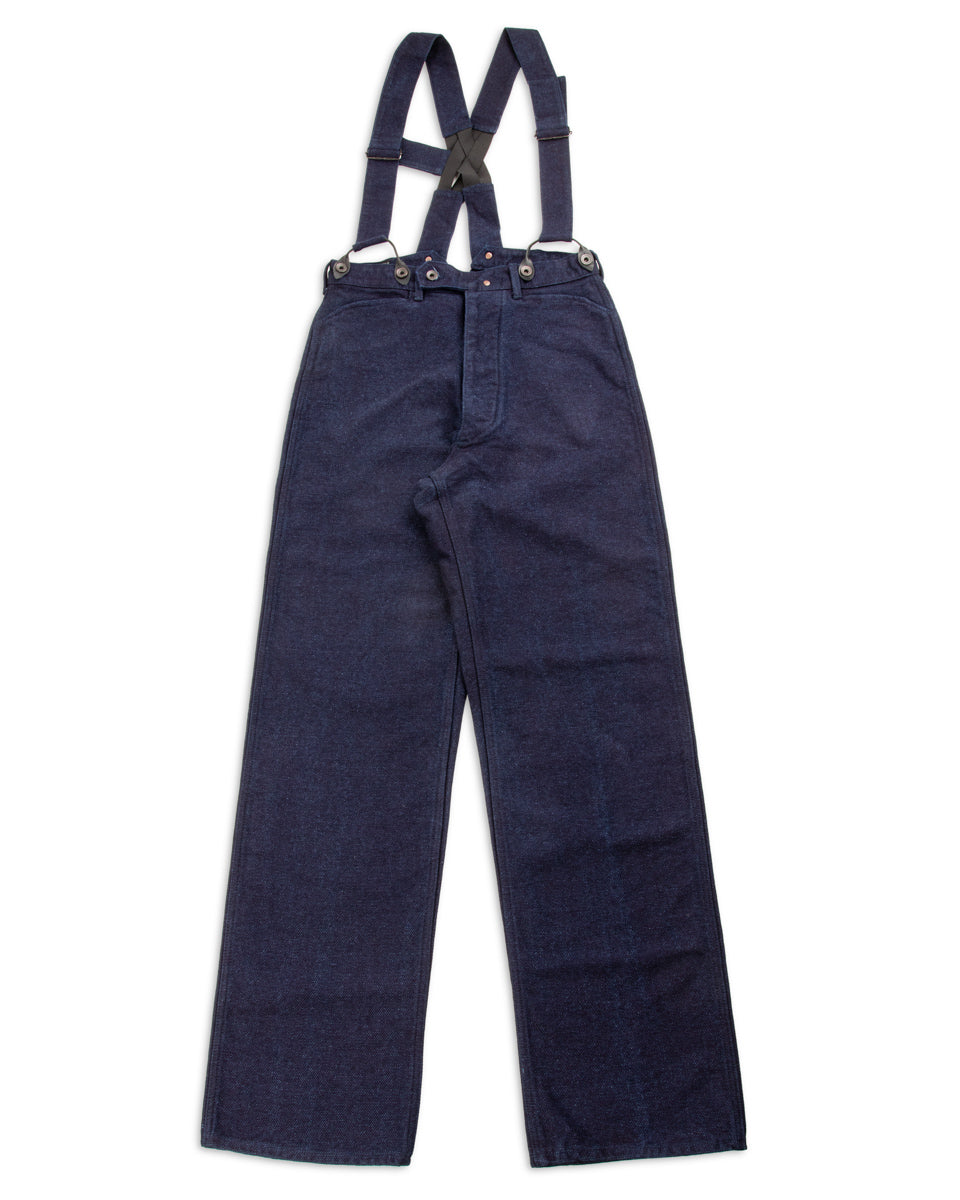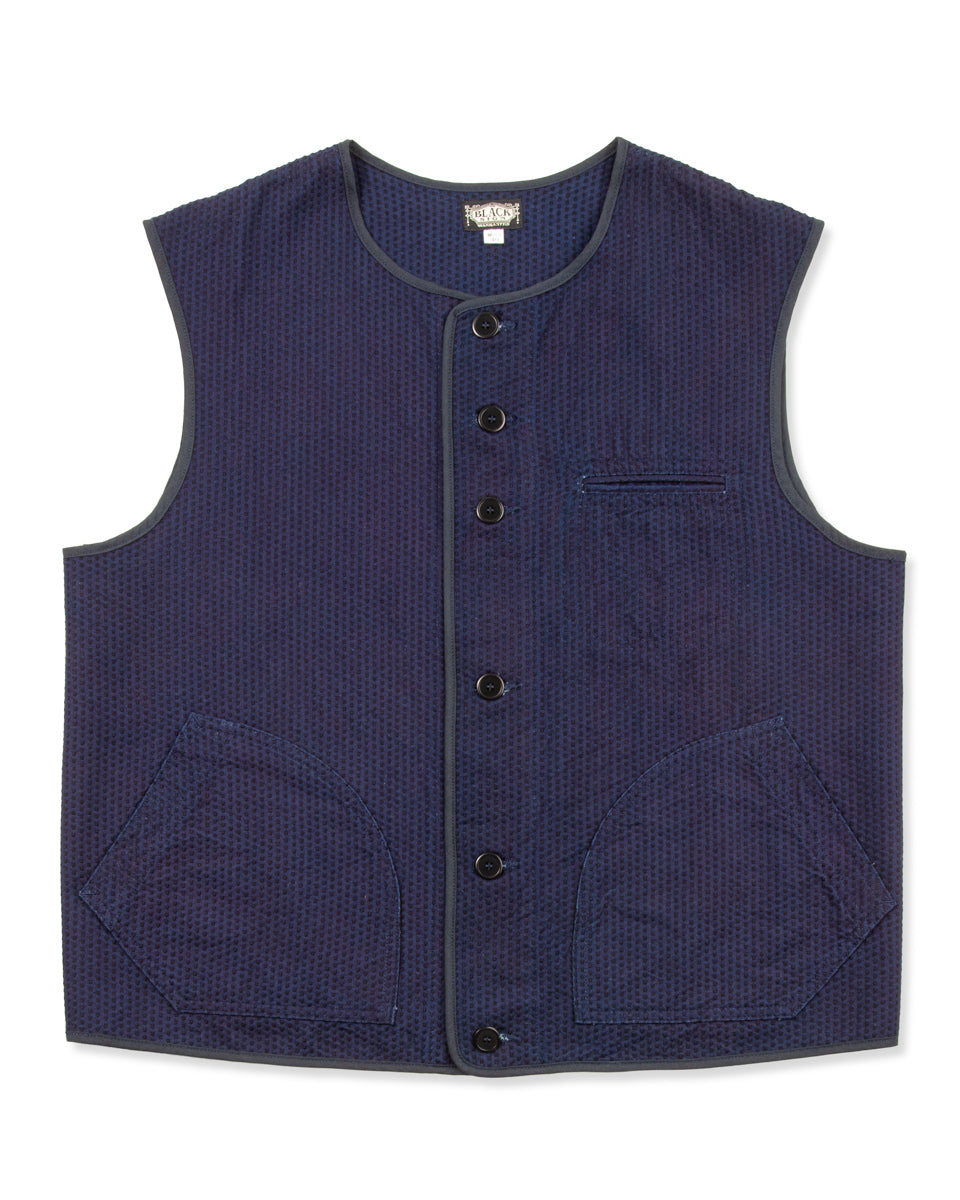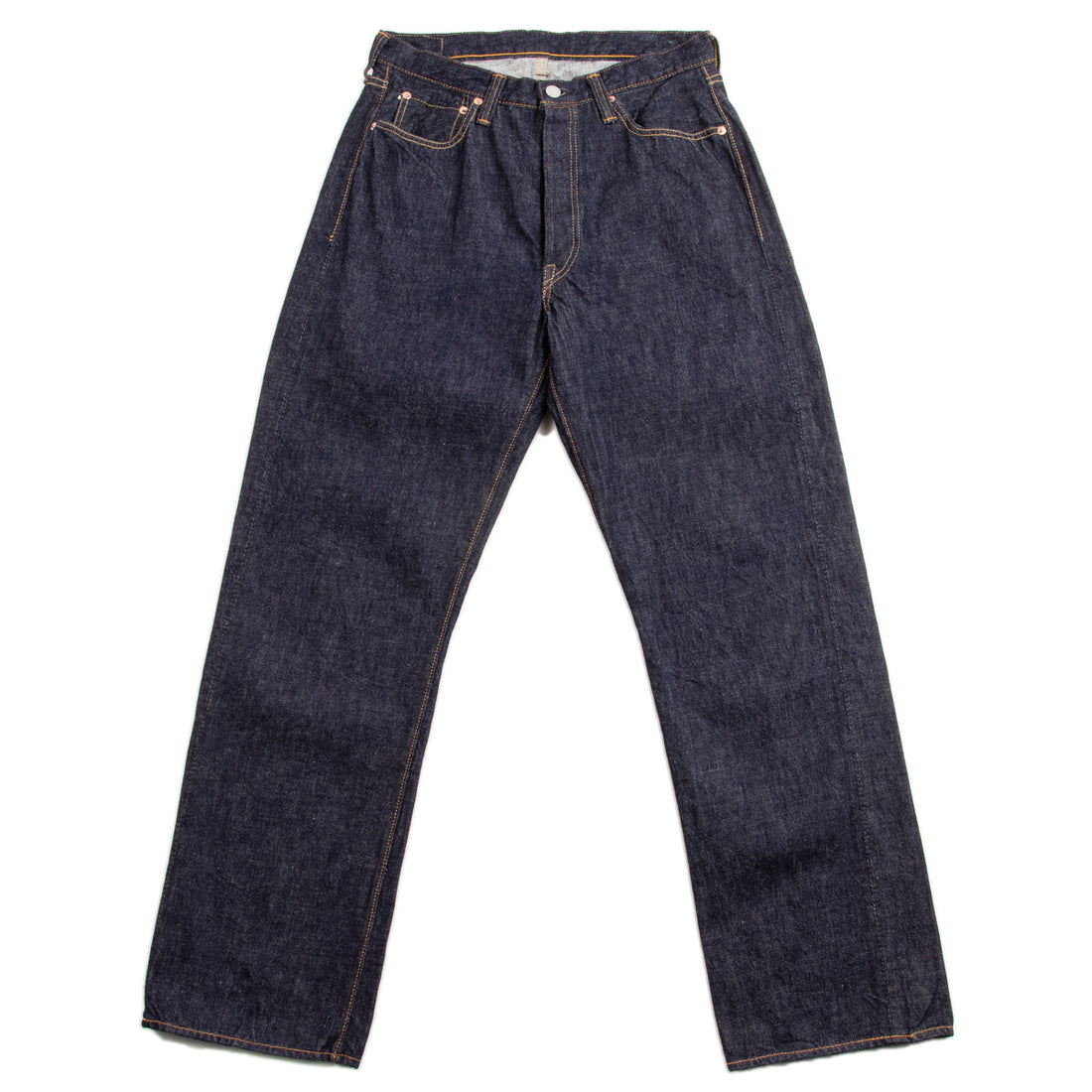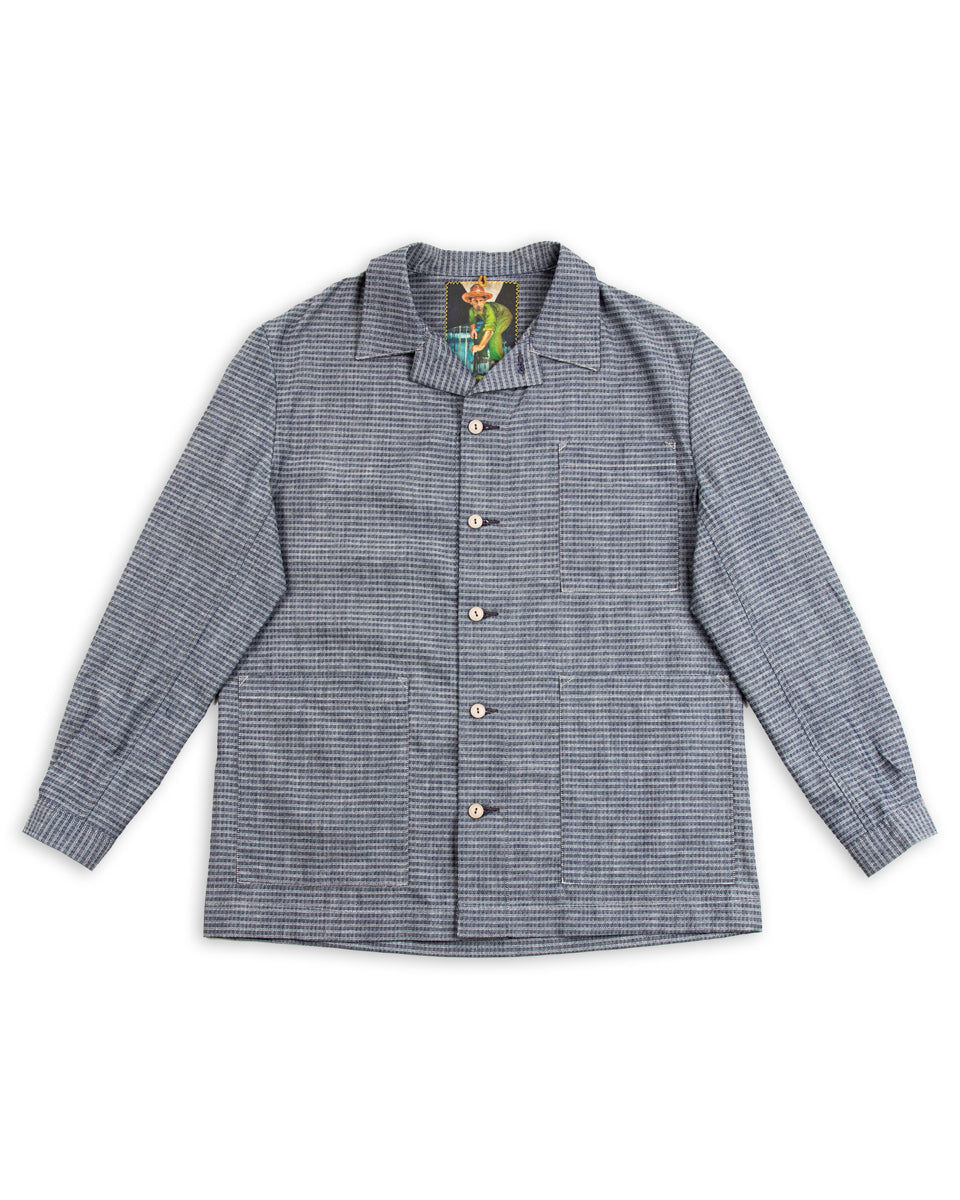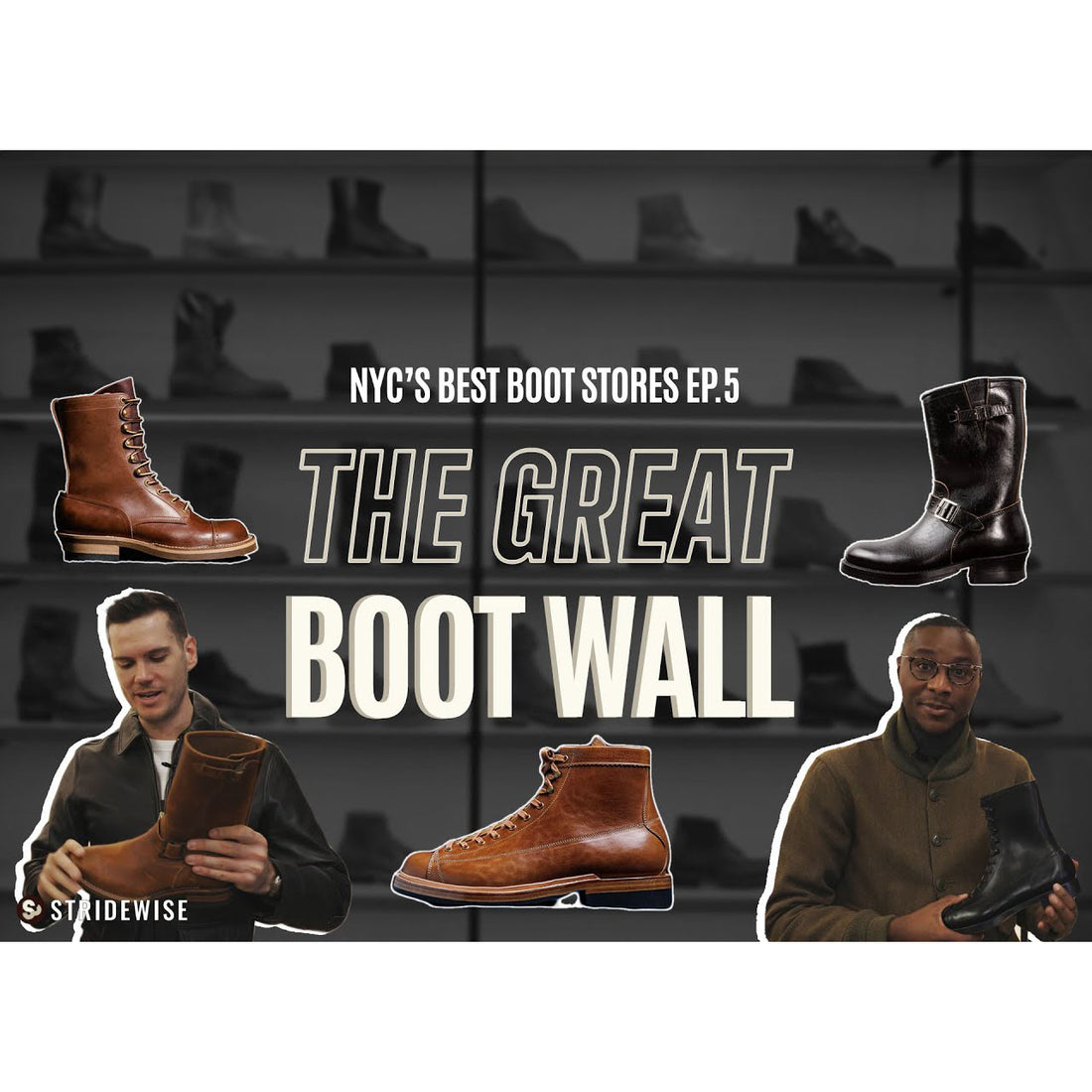
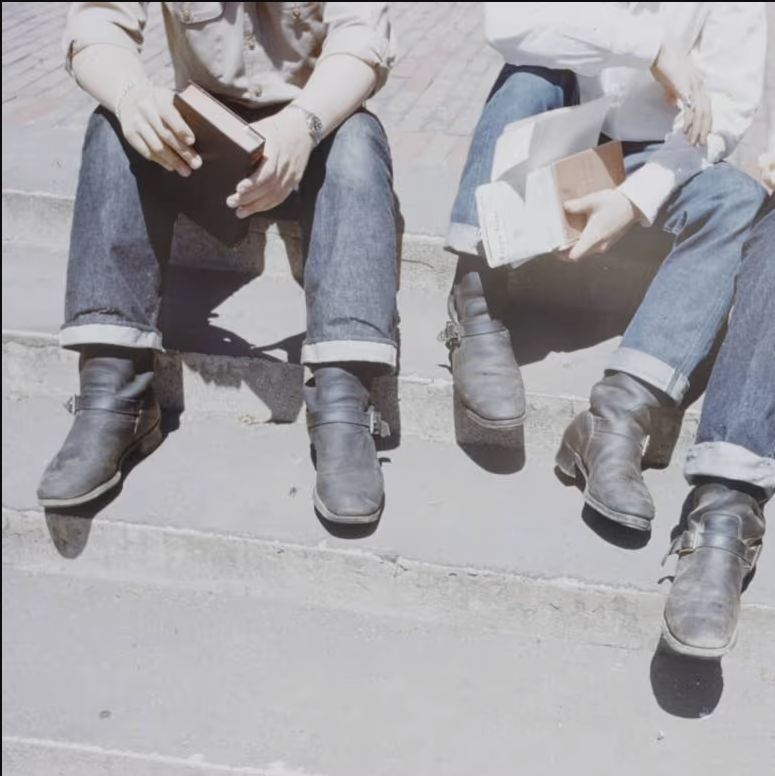
Few boots conjure up such strong opinions as engineer boots. A staple of the “heritage,” look so often associated with raw denim and leather jackets, they can feel daunting to un-initiated and costume-y to others. The truth is, they are just another boot, they don’t need to be defining (“Am I really an engineer boot kind of guy?”) and can be worn in a multiplicity of ways. Like much of men’s clothing, engineer boots have roots in workwear, military uniforms, and midcentury America. There is an often re-told story the origin of engineer boots, a story that as you will see is just that, a story. The truth of how engineer boots came to be is a bit more complicated and as much a story of shoemaking technology than anything else. Engineer boots (and all footwear) are the convergence of other fundamental human technologies over time. Tanning, thread, sewing machines, sized and paired footwear, and rubber molding. This article will help us understand some of that history and look at the origins of the engineer boot.
Definition of The Engineer Boot
A quintesential engineer boot, the S&S x Attractions Horsebutt
While the specifics of engineer boots vary from era to era and maker to maker, there are a few definitional characteristics that make up the boot design. Typically, engineer boots are made from black or brown full-grain leather. The most noticeable features are the adjustable leather strap and buckle over the instep, the double-layer stovepipe shaft in various heights, and the leather strap and buckle at the top of the shaft. On construction, they are made in the traditional stitch-down technique, connecting the uppers and soles of the boot. The vamp comes up from a rounded toe and lays on top of the shaft while the heel counter is a separate piece of leather coming forward to about mid-boot after the heel. The stovepipe shaft of the boots has a seam running up the back with a backstay over the seam. As these boots were a classic piece of American workwear in the midcentury, they were typically Goodyear welted or stitchdowned and featured either full or half rubber outsoles.
The History of the Engineer Boot
While there is no disputing that engineer boots as we know them came on the market sometime in the mid to late 1930s, their origins reach back much further. The style of engineer boots, the tall pull-on boots with a heel, have much of their history rooted in military and horse riding boots.
In 1663, the first seamless boot was made by a Gascon shoemaker called Lestage. King William of Orange (1650-1702) introduced the jackboot, which was of sturdy construction and worn high above the knee, quartered, and heeled. While in later times the jackboot would become ubiquitous with the German Army in WWII, they were first designed for cavalry troops, like this example from the Met’s collection dating to the 1700s.
An 18th Century Jackboot via The Metropolitan Museum of Art
Towards the end of the 18th Century, the Hessian boot became popular among civilians and cavalrymen alike. These boots were equally tall and designed for riding they featured a taller front than back and often distinctive tassels attached at the top. The Hessian would be modified by an English bootmaker for Arthur Wellesley, 1st Duke of Wellington, and the Wellington boot was born. These new, mid-calf-high riding boots were cut and designed to fit closer to the leg and with a one-inch heel. They were soon popular among military men and fashionable civilians alike, like Beau Brummell.
The Duke of Wellington in his namesake boots via the Royal Collection Trust
The closest precursor to the engineer boot is the series of US Army Cavalry Boots made in the last decades of the 19th century. These riding boots began to exhibit the main characteristics of the future engineer boot, with back seams, backstay, and vamp details. By WWI, many cavalry boots on both sides of the Atlantic resemble what would become engineer boots, like the US Army Riding boots and the German Army’s 1915 Bavarian Universal Riding Boot. Despite its name, engineer boots' strongest lineage is that of riding boots, with its height and, toe and heel construction.
Left to Right: US Army cavarly boots from WWI via Live Auctioners. The 1915 Universal Bavarian Cavalry Boot via KB 2 Chevauleger Regiment
One distinctive difference between these boots and the engineer boot was of course the lack of buckles. Ensuring a proper boot fit with metal buckles was common beginning in the 17th century. These shoes were usually low black leather with prominent buckles worn and are iconically associated with American colonists and The Pilgrims. It is striking how similar many late 19th-century and early 20th-century riding boots look like engineer boots when worn with spurs. Cavalry spurs were also the noted inspiration for Frye’s iconic harness boots, but these are far from engineer boots with their square toe and leather and metal harness that cannot be adjusted for proper fit.
Flying boots privately purchased in the China Burma India Theater by a US military personel via eBay
Contemporaneously to the introduction of the engineer boot in the late 1930s and early 1940s, pilots began to wear similar pull-on boots. Referred to as “flying” or “bomber” boots many featured a similar buckle across the ankle as engineer boots. According to Frye, US military pilots bought short pull-on boots from the company throughout WWII – the style would become known as the “Jet Boot” in the postwar years. Custom-made boots worn by US airmen stationed in India during WWII follow a similar pattern with ankle buckle and many sported the China Burma India theater patch painted on the side.
Enter The Engineer Boot
The first companies to produce engineer boots were Wesco and Chippewa, introducing the boots sometime between 1937 and 1939. The America that these two companies introduced the engineer boot was less frontier and cavalry than industrial labor and automobiles. The engineer joined a growing variety of rugged boots made for workers who had the ability to choose footwear like never before. Catalog companies like Sears Roebuck soon began offering their own version of the engineer boot. By the late 1930s and early 1940s, the boot had become a popular choice for workers and sportsmen.
There is an often-reported myth that the engineer boot was so named as it was designed for train engineers. This story includes details like the high length of the boot was to protect the wearer from errant sparks and shovel blades from the coal-fired steam engine. None of this story adds up, least of all that the US had said goodbye to steam engines long before these boots were marketed as engineer boots. Looking at some of the advertising from the time period, it is clear that the use of “engineer” had nothing to do with train engineers, but rather “engineering” work like surveying. As ad copy from the 1940 Sears catalog says “you’ll find them [engineer boots] on the toughest engineering jobs,” with an illustration of an excavator and factory smoke stacks alongside the boots. Naming products for specific professions was common by the 1940s, with companies selling not only “carpenter” pants but also “foreman” pants among others. These names had less to do with specific design details than to signal their intended market (in this case workers). Naming them “engineer” boots also denoted them as a more aspirational product, a boot for skilled workers and those in management. One illustrated ad for engineer boots shows a man wearing them with their trousers tucked into the tops – to keep his trousers clean–, standing by a surveyor’s tripod and gesturing as if giving directions.
Also present in the early Sears ad copy are two points that were important to the history of engineer boots. The first is the ease at which they could be slipped on and off. With the buckles used to adjust the fit and the large shaft, it was noted that they could be easily slipped off. This made them popular with shipbuilders and welders according to the CEO of Wesco Roberta Shoemaker, “the welders making the ships needed boots they could kick off quickly should sparks get down inside them,” adding “that was the beginning of our history with this boot.” These boots would also be good for welding as the rounded toe and lack of laces would allow hot slag to roll off the boot instead of gathering on say a moc toe and burning through the sewn seams.
In the early Sears ad copy, it also states that, as early as 1940, engineer boots were popular with motorcyclists. During WWII the US shoe industry turned to producing boots for the military, meaning engineer boots receded from popularity. But, in the postwar years, with the rise of motorcycle clubs made up of veterans and Army surplus motorcycles, engineer boots regained popularity. In the 1950s, the engineer boot became pop culture shorthand for outsiders and rebels epitomized by actors like Marlon Brando in The Wild Bunch and James Dean in Rebel Without a Cause. Engineer boots would continue to be a staple of American workwear through the 1970s – until a mix of offshoring of the US shoe industry and a slow down in manufacturing jobs, they like many other work boot styles, became an anomaly. The engineer boots that were still being made became bump-toe monstrosities. It would not be until late 1990s and early 2000s that brands like Attractions started making vintage style boots, bringing back the unstructured toe look.
All the latest
Featured blog posts

